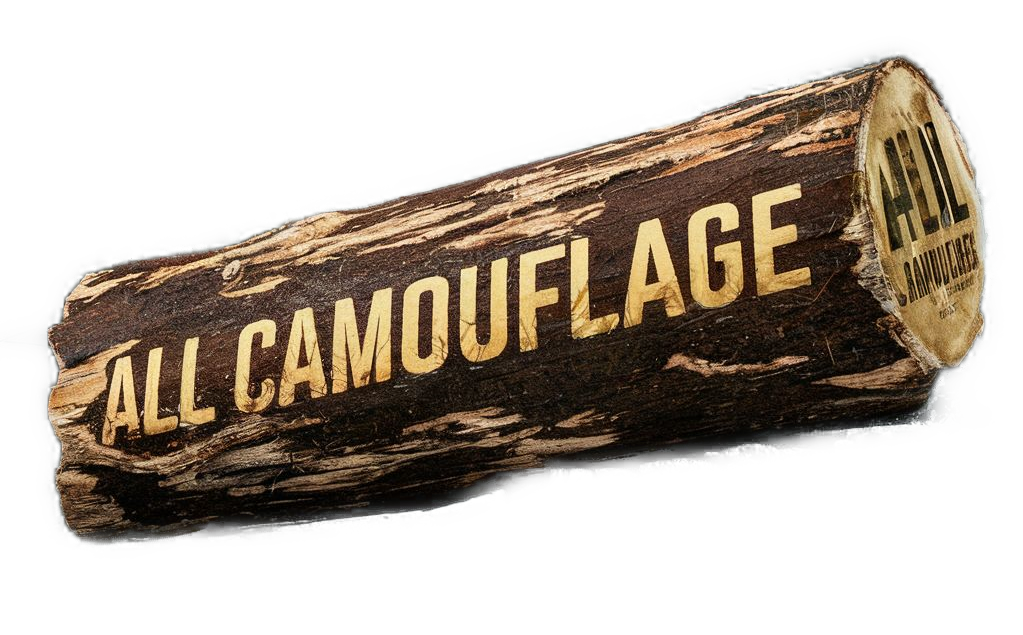Have you ever wondered about the patterns on military uniforms or hunting gear and why they look the way they do? If so, you’re not alone. There’s a fascinating history and an ongoing evolution in camouflage designs. This article will explore what distinguishes traditional camouflage patterns from their digital counterparts and why these differences are important.

Understanding Camouflage
Camouflage has long been a tool for survival and an art form, employed by both nature and humans to blend into surroundings. While it may seem like just a collection of colors and shapes, each pattern serves a specific purpose, shaped by the needs and technology of the time.
The Purpose of Camouflage
In essence, camouflage is about deception. By imitating the colors or patterns of the environment, a person or object can become less visible to an observer—a critical advantage in both warfare and wildlife scenarios. This technique is not just about staying hidden but also manipulating perception to cause confusion. Camouflage transforms the observer’s expectations, playing tricks on the eye.
Traditional Camouflage
When you think of camouflage, you might picture the irregular blobs of greens, browns, and tans known as woodland patterns. These traditional camouflages have been staples in military and civilian use for many years.
Early Beginnings
Traditional camouflage patterns date back to the early 20th century. Initially, they consisted of simple stripes or dots. During World War I and II, the need for effective concealment grew, leading to more complex designs. Soldiers painted patterns directly onto equipment and even ships, an art form known as “dazzle” camouflage, intended to mislead enemy fire.
Characteristics of Traditional Camouflage
Traditional camouflage designs rely heavily on organic shapes like blobs and swirls. These irregular forms mimic natural environments, such as forests and jungles. Typically, the color palettes are muted to match the natural world, employing shades of green, brown, and black for wooded areas, or tans and grays for desert settings.
Examples of Traditional Camouflage Patterns
The U.S. Army’s woodland pattern from the 1980s is a classic example. It features large, irregular shapes in browns, greens, blacks, and ochres, designed for use in verdant environments. It was ubiquitous during its time and highly effective in forested terrains.
Another example is the “Flecktarn” pattern, originating from Germany. This design uses smaller, more evenly distributed shapes that work well in forested areas. Unlike the larger blobs of the woodland style, Flecktarn’s smaller pattern fragments create a different type of visual break-up which enhances its effectiveness.
The Advent of Digital Camouflage
The turn of the 21st century brought about a new era: digital camouflage. The advance of technology gave rise to a new way of thinking about disguise, borrowing ideas from pixelation and digital imagery.
What is Digital Camouflage?
Digital camouflage replaces traditional organic shapes with tiny, pixel-like squares. At a glance, this might seem counterintuitive—after all, nature isn’t composed of squares. However, digital patterns exploit a principle known as “micropatterning,” which creates a visual dispersion that can be even more effective at breaking up outlines.
The Origins and Development
The first widely recognized digital pattern was the Canadian Disruptive Pattern, or CADPAT, developed in the late 1990s. This design drew on advances in digital printing technology, using countless small rectangles to create a complex visual texture. The success of CADPAT led to many other countries developing their own digital patterns, most notably the U.S. Marine Corps with their MARPAT design.
Characteristics of Digital Camouflage
Digital camouflage is characterized by its “pixilated” look. The tiny squares are engineered to create multi-scale patterns. These work effectively at a broader range of distances compared to traditional designs. While close up, the pattern may seem complex, from a distance, it becomes more effective, creating an optical illusion to confuse the observer.
Why Digital Patterns?
The digital approach provides a few advantages over traditional designs. The pixelation allows for better integration into a variety of environments due to its multi-scale capability. It’s effective from both a micro and macro perspective, breaking up silhouettes at different ranges, making it versatile across numerous terrains.
Comparative Analysis: Traditional vs. Digital Camouflage
Now that you have a sense of what each technique involves, let’s break down the primary differences between traditional and digital camouflage. Understanding these can explain why a military or hunter might choose one over the other.
Design Complexity
| Attribute | Traditional Camouflage | Digital Camouflage |
|---|---|---|
| Shapes | Organic blobs and swirls | Pixilated squares |
| Color Integration | Limited multi-scale ability | Multi-scale capability |
| Terrain Specificity | Often environment-specific | More versatile across terrains |
Traditional patterns are generally simpler with large, organic shapes, while digital patterns consist of much smaller, more calculated designs that better blend across varying distances and scales.
Adaptability to Environments
Traditional camouflage tends to be more environment-specific. A pattern effective in a forest, like the U.S. Army’s woodland camo, may not work as well in a desert without significant changes in color and shape.
On the other hand, digital patterns are multi-environmental due to their intricate design and extensive use of micropatterns. The U.S. Marine Corps MARPAT, for instance, is effective in a variety of settings, from urban areas to natural landscapes.
Psychological Impact
Interestingly, digital patterns can have a psychological effect. The pixelated look conveys a sense of modernity and technological advancement. This psychological edge can be an advantage on the battlefield where perception plays a crucial role.
Cost and Production
Adopting digital patterns has its downsides, such as cost and complexity of production. The intricate designs often require more advanced printing techniques and technology, increasing expenses. Traditional patterns, being simpler, can be more cost-effective to produce.

Applications and Use Cases
Understanding the differences also involves evaluating where and why certain types of camouflage are used. Let’s explore some of the typical applications for both traditional and digital camouflage.
Military Use
Military forces across the globe have been the primary users of camouflage, continually seeking designs that provide tactical advantages. Traditional camo remains used in many areas due to its ease of production and history of effectiveness. However, the trend is moving towards digital patterns, especially in technologically advanced militaries.
Hunting and Civil Applications
In civilian contexts, especially hunting, traditional camo is still prevalent. Hunters often prefer patterns that match specific environments, like hardwood forests or marshlands. Digital camo is gaining traction among enthusiasts seeking versatility across different hunting environments.
Fashion and Pop Culture
Camouflage patterns have found their way into mainstream fashion and culture. From high fashion runways to streetwear, these patterns represent rebellion, survival, and even chic elegance. Here, the type of camouflage often hinges more on aesthetic appeal than practicality, with traditional patterns typically favored for their iconic look.
The Future of Camouflage
As technology and needs evolve, so too will camouflage designs. There’s constant research into developing new patterns that leverage more advanced technologies, such as adaptive camouflage systems which can change to match surroundings.
Innovations on the Horizon
The future may see the integration of materials that react to surroundings in real time or employ metamaterials to bend light. Imagine camo fabrics that can dynamically alter their appearance with a change in light conditions or environmental settings.
Beyond Camo: The Role in Broader Fields
The principles of camouflage have started to extend beyond military and civilian applications. They are inspiring developments in fields like artificial intelligence and computer vision, where understanding how to hide information or features can be essential.

Conclusion
In exploring the differences between traditional and digital camouflage, you’ve traversed a journey from the necessity of blending into forests with blobs of brown and green to the high-tech appeal of pixelated designs that merge almost invisibly into myriad environments. Every camouflage pattern tells a story, reflecting the times in which it was created and the challenges it was meant to address. Whether you’re someone suiting up for a hunt or just sporting camo as a fashion statement, there’s a rich history woven into every stitch. Understanding the differences might even lend you a deeper appreciation on your next encounter with these adaptable art forms.

